An autoguider is a digital camera with a CCD or CMOS detector at the focus of the guidescope or, in the case of an off-axis guider, at the focus of the imaging instrument after some of its light has been diverted by a small prism.
The autoguider captures regular snapshots of the sky and a computer compares them to detect star drift caused by the apparent movement of stars across the night sky, issuing corrections to the mount via a cable attached to the autoguide port to keep the mount on track.
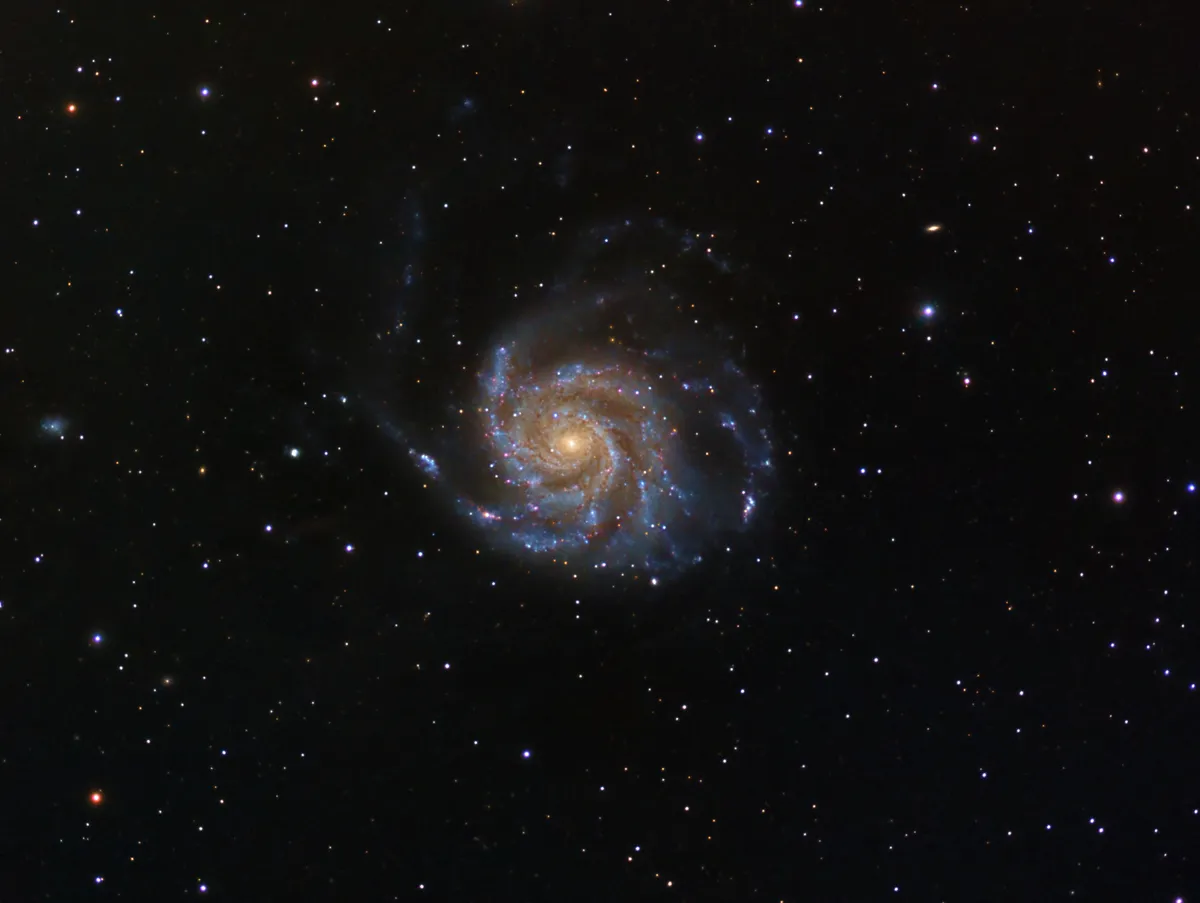
Why use an autoguider?
Today’s digital cameras possess awesome potential, empowering more people than ever to become astrophotographers.
But, while it’s easy to produce passable wide-field constellation portraits using nothing more than a DSLR, a fixed tripod and exposures of up to half a minute, capturing a detailed image of a typical deep-sky object is a bit more involved.
As a minimum, you’ll need to use much longer exposures and a lens with a focal length of at least 200mm.
Ideally, the camera needs to be attached to an equatorial mount that has been precisely polar aligned so that it accurately tracks the stars as they move against the night sky – otherwise you’ll see trailing in your images.
If you need help picking out a mount, read our guide to the best telescope mounts available.
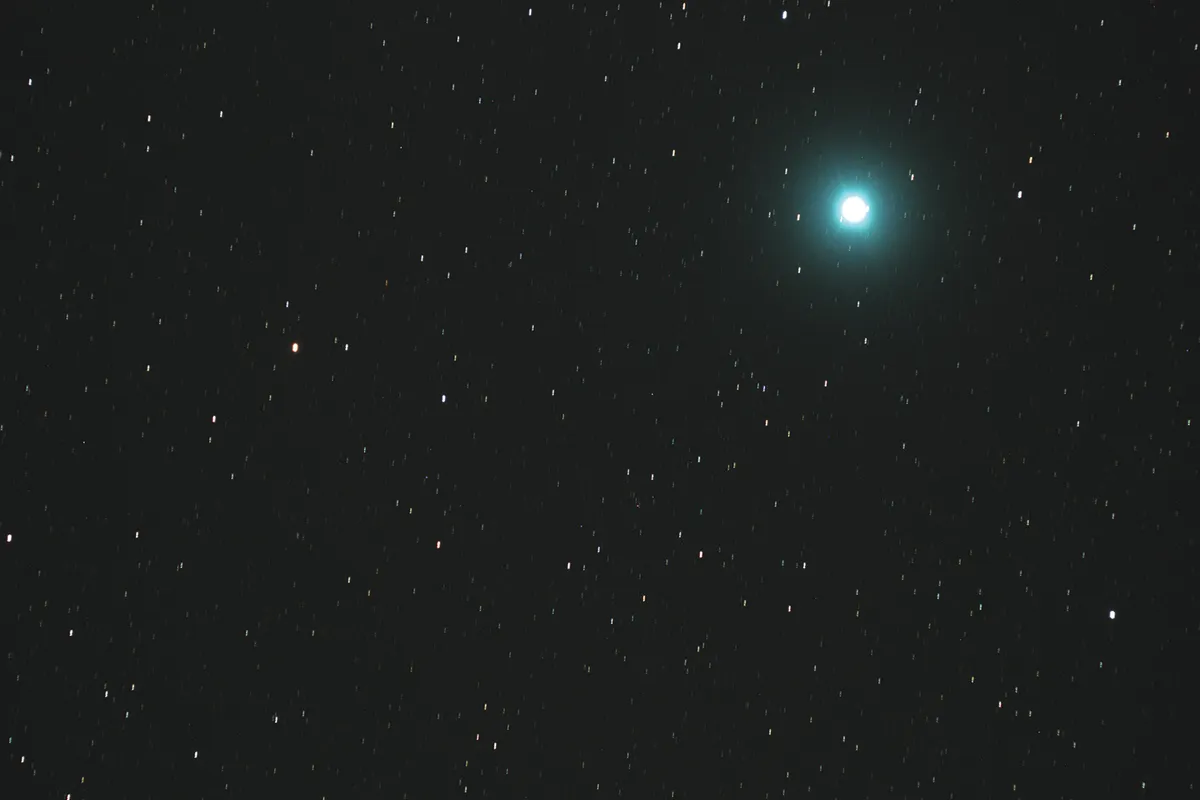
However, even the most expensive and precisely polar-aligned mount will exhibit unavoidable image trailing with long focal length lenses or long exposures.
For example, my 25-year-old Vixen GP mount is capable of unattended exposures with a 400mm lens – but only for exposures up to 3 minutes.
This limitation is due to the cumulative effects of minute imperfections in the drive system’s gears (termed ‘periodic error’), flexure in the camera and mount, and atmospheric refraction.
To maintain pin-point stars, we must resort to guiding the mount throughout the exposure.
Traditionally, astrophotographers would do this by carefully monitoring a star on the reticle of an illuminated eyepiece in a guidescope – a small scope mounted in parallel with the imaging instrument – making tiny drive corrections with a hand controller as and when required for the duration of the exposure.
Fortunately, today’s computerised equatorial mounts free us from such drudgery by possessing an autoguide port (sometimes called a CCD port) conforming to the de facto standard set by the Santa Barbara Instruments Group’s ST-4 autoguider nearly 25 years ago.

What's in an autoguider?
An autoguiding system consists of the following parts:
- equatorial mount
- guidescope or off-axis guider
- autoguider (camera)
- computer
- guide software
- a link to the mount
The camera, computer and software are often integrated into one unit in standalone autoguiders such as the popular Celestron NexGuide or Sky-Watcher SynGuider.
Off-axis guiding has the advantage of eliminating a separate guidescope, thereby avoiding the potential for flexure and reducing load on the mount.
A popular alternative to a guidescope is a modified 50mm finder, particularly if your imaging scope has a focal length less than 1m.
If your budget doesn’t stretch to an all-in-one solution, you could use a cheap modified USB webcam as a guide camera.
Software such as PHD Guiding can automate the guiding process for you, while interface adaptors such as GPUSB can handle the connection between your computer’s USB port and the mount.
Do bear in mind that both options require power, so a rechargeable 12V power pack capable of running all your equipment is essential.
Also, label your cables well, since you will be assembling and operating your equipment in the dark.
For extra help, head online – forums such as Stargazers Lounge and Cloudy Nights are frequented by experienced imagers willing to help to you create a working system that permits exposures of several minutes even with modest specification mounts – paving the way to capturing your perfect deep-sky image.
Can you autoguide an altaz mount?

While it is technically possible to autoguide some altaz mounts, you can still only synthesise long exposures, as you’ll need to use image editing software to combine a number of shorter exposures and remove the rotation between them.
Using a computerised equatorial Go-To mount with a built-in autoguiding port is much preferred.
As well as the autoguiding benefits, it will make locating target objects simpler, especially since many deep-sky subjects will be too faint to be seen visually.
Standalone autoguiders

Standalone autoguiders such as Celestron’s NexGuide or Sky-Watcher’s SynGuider (pictured above) combine a guide imager, computer and guide software into single hardware package, offering an attractive alternative to taking a laptop outside with you.
On the other hand, standalone systems typically possess small configuration screens and may require considerable tweaking to play nicely with your mount, though often require little intervention thereafter.
A self-built system employing a webcam, a GPUSB interface adaptor and a laptop running guiding software is potentially much easier to use – and cheaper, if you already own a laptop and a webcam.
6 of the best autoguiders
1
Orion StarShoot Autoguider

The Orion StarShoot is among the more affordable autoguiders on our list and is designed to keep track of the selected guide star, communicating with the connected equatorial mount to correct tracking errors during long exposure astro imaging.
It uses a 0.5” format 1.3MP CMOS chip with 5.2 x 5.2 micron pixels to help capture pinpoint star images and facilitate accurate autoguiding.
The inbuilt software also offers automatic calibration, and the 1.25-inch nosepiece can be removed to access a T-thread interface.
The camera is powered via a USB 2.0 or 3.0 connection to your computer.
2
Lacerta MGEN-3 stand-alone autoguider
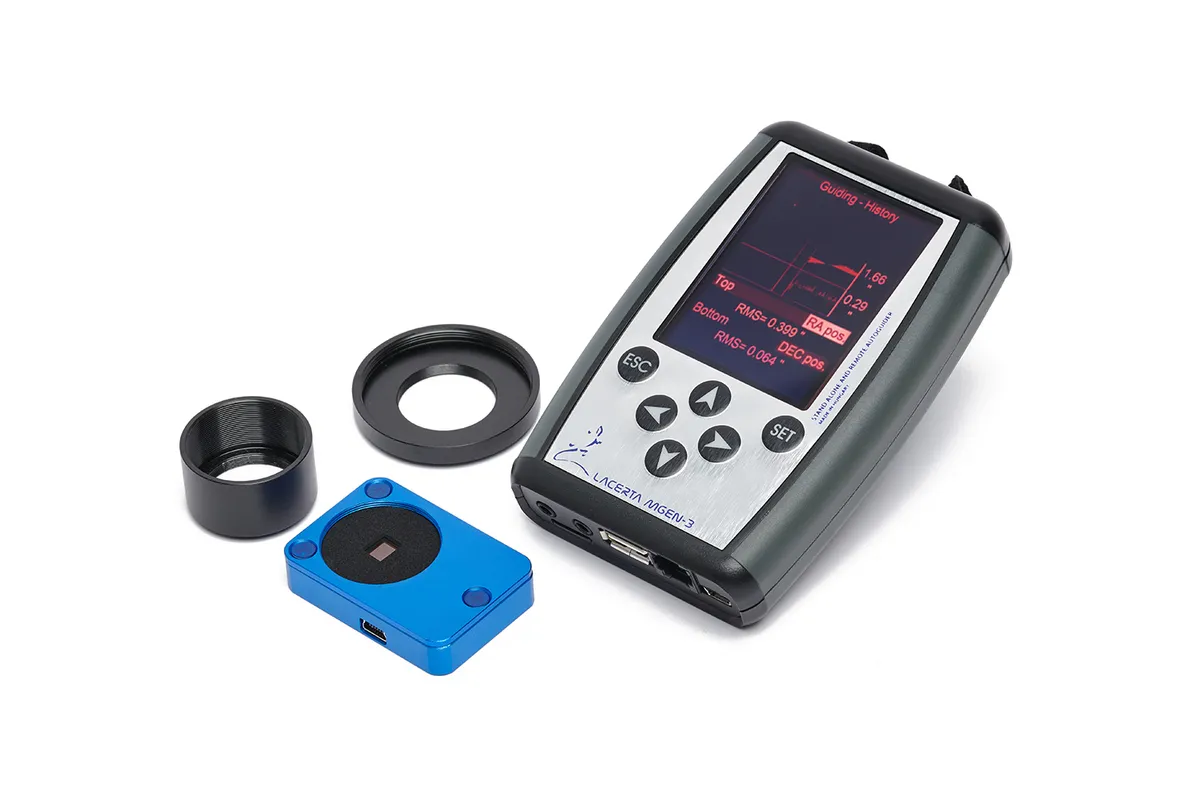
- Buy now from 365Astronomy
- Buy now from Widescreen Centre
- Buy now from Rother Valley Optics
The MGEN-3 comes with just the autoguider control box, a 1.2MP guide camera, two USB leads and an ST4 guiding cable.
Adaptors for different setups are also provided, giving you up to 26mm backfocus for different configurations.
The MGEN-3 also offers DSLR/CCD exposure control instead of an intervalometer, along with ‘drift (polar) alignment’ and ‘dithering’ functions.
‘Drift alignment’ is helpful for observers who can't see Polaris from their location.
‘Dithering’ creates minute movements of the camera between exposures to reduce noise.
The camera was sensitive even in summer twilight. It captured up 70 guide stars for the North America Nebula with our 50mm guiderscope.
A 10-minute exposure gave round stars, which was was great for something we plugged in with almost no adjustments and polar aligned manually.
The MGEN-3 comes with all you need to guide quickly, accurately and reliably, without a laptop and mains power.
Read our full Lacerta MGEN-3 stand-alone autoguider review.
3
AstroHutech Hinode SG solar autoguider
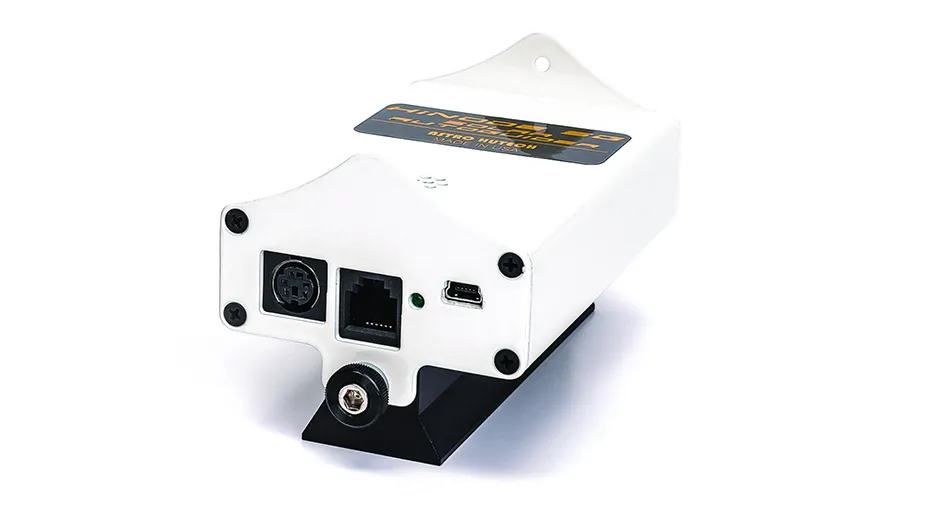
- Buy now from First Light Optics
The AstroHutech Hinode SG solar autoguider is for solar observing, being design to keep a solar telescope pointing directly at the Sun.
The main detector unit fits into a standard Vixen/Orion/Sky-Watcher finder shoe and replaces the regular finderscope.
It connects to a hand controller that features a cord loop for hanging on the mount.
Separate cables connect the detector to the hand controller and the mount autoguider port.
The Hinode solar autoguider is superb. Guiding is achieved by monitoring the Sun’s edge and so it's not dependent on whether features like sunspots are visible.
We found the unit was accurate enough to keep a highly magnified portion of the Sun’s disc aligned to our imaging camera frame for several hours at a time.
4
Sky-Watcher SynGuider

Ѕkу-Wаtсhеr's ЅуnGuіdеr auto guider is designed to guide an equatorial mount without the need for a laptop.
It's a stand-alone auto guider and comes with wіth a guіdіng hаndѕеt and саblе, ѕеrіаl саblе аnd bаttеrу расk.
In the box there's an A6 manual, the SynGuider itself, a hand control pad, 1.25-inch nosepiece, T-adaptor, an ST4-compatible guide cable, battery case, serial cable, eyepiece extension tube and a parfocal eyepiece ring.
The SynGuider’s housing hides a built-in LCD screen that provides access to a range of menus that allow you to choose a suitable guide star.
Use the screen to focus on the star, set exposure, calibrate with the mount, adjust the aggressiveness of the telescope control and start autoguiding.
Read our full Sky-Watcher SynGuider review.
5
LVI Smartguider 2

- Buy now from 365Astronomy
The LVI Smartguider 2’s (SG2) autoguiding software is in its own dedicated computer, so this is a self-contained autoguiding system that doesn't require a separate computer.
The system consists of a guide camera, control paddle and a central connection box called the Multi Guiding Adaptor or MGA.
However, because the software has to take control of your mount, the mount will need to be autoguiding-compatible.
The SG2 is designed to work with mounts with ST4, Autostar or non-Go-To Losmandy guide ports.
All necessary cables are provided, so you only need a guide scope and a 12V power source to get going.
With optional control cables, the SG2 can control various DSLR cameras and various types of electric focuser.
We were very impressed by the amount of control the LVI SG2’s seemingly simple control paddle and menu program puts at your fingertips.
Read our full LVI Smartguider 2 review.
6
Svbony SV305pro
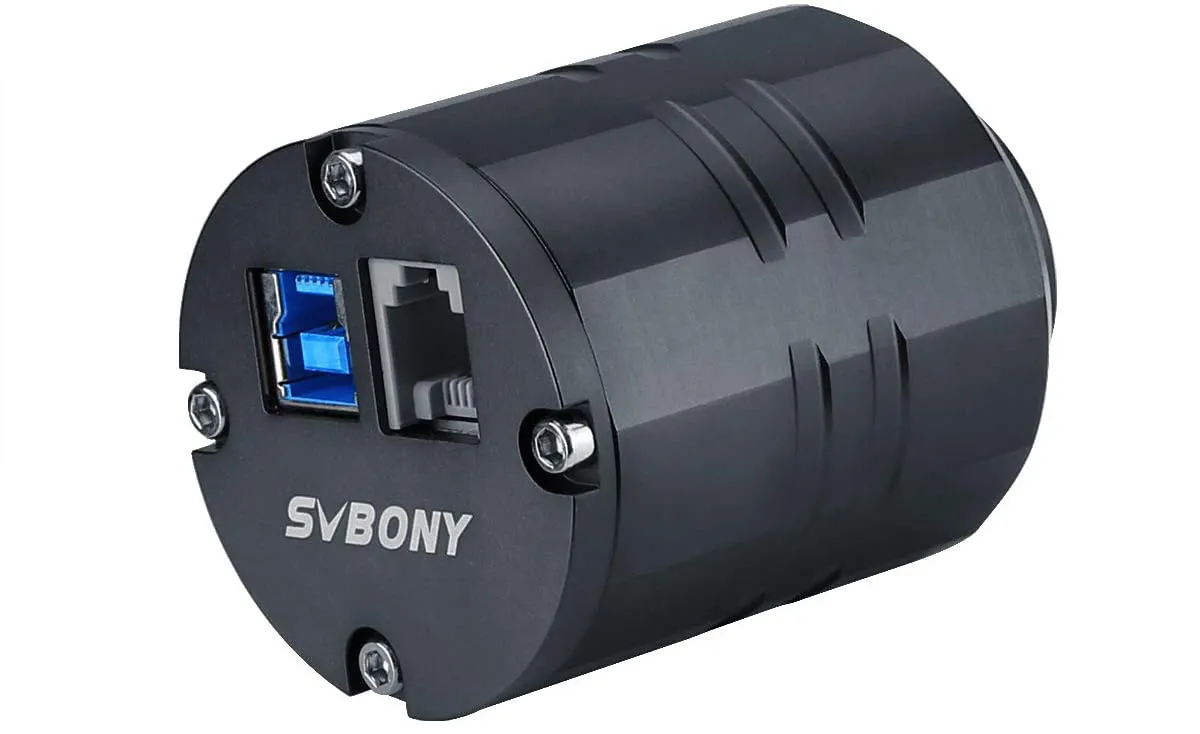
The SV305pro is an astrophotography camera with ST4 Interface and is compatible with PHD2 guider software.
As well as guiding, the camera can also be used to capture images of the night sky, including the Moon, planets and deep-sky objects.
The IMX290 CMOS sensor offers up to 100 frames per second at 1920x1080 resolution.
Exposure times reaches up to 30 minutes; 2.9um pixel minimum 0.75 electronic readout noise.
The SV305pro also features a built-in 128MB image buffer and USB3.0 interface, while the AR film glass claims to cut off IR lights, meaning there’s no need for an extra IR filter.
Ade Ashford is an astronomer and science journalist. This article originally appeared in the November 2014 issue of BBC Sky at Night Magazine.